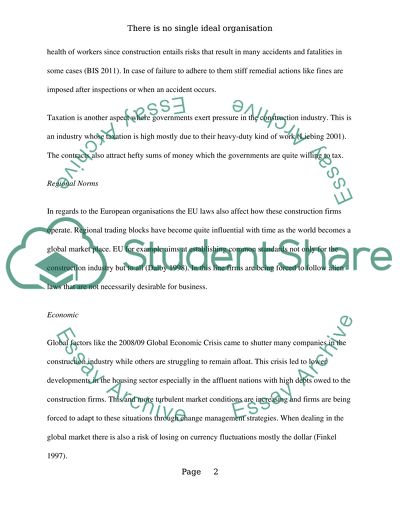Cite this document
(“The Construction as a Revolutionised Industry Research Paper”, n.d.)
The Construction as a Revolutionised Industry Research Paper. Retrieved from https://studentshare.org/engineering-and-construction/1406007-prepare-an-essay-that-discusses-the-premise-that
The Construction as a Revolutionised Industry Research Paper. Retrieved from https://studentshare.org/engineering-and-construction/1406007-prepare-an-essay-that-discusses-the-premise-that
(The Construction As a Revolutionised Industry Research Paper)
The Construction As a Revolutionised Industry Research Paper. https://studentshare.org/engineering-and-construction/1406007-prepare-an-essay-that-discusses-the-premise-that.
The Construction As a Revolutionised Industry Research Paper. https://studentshare.org/engineering-and-construction/1406007-prepare-an-essay-that-discusses-the-premise-that.
“The Construction As a Revolutionised Industry Research Paper”, n.d. https://studentshare.org/engineering-and-construction/1406007-prepare-an-essay-that-discusses-the-premise-that.


